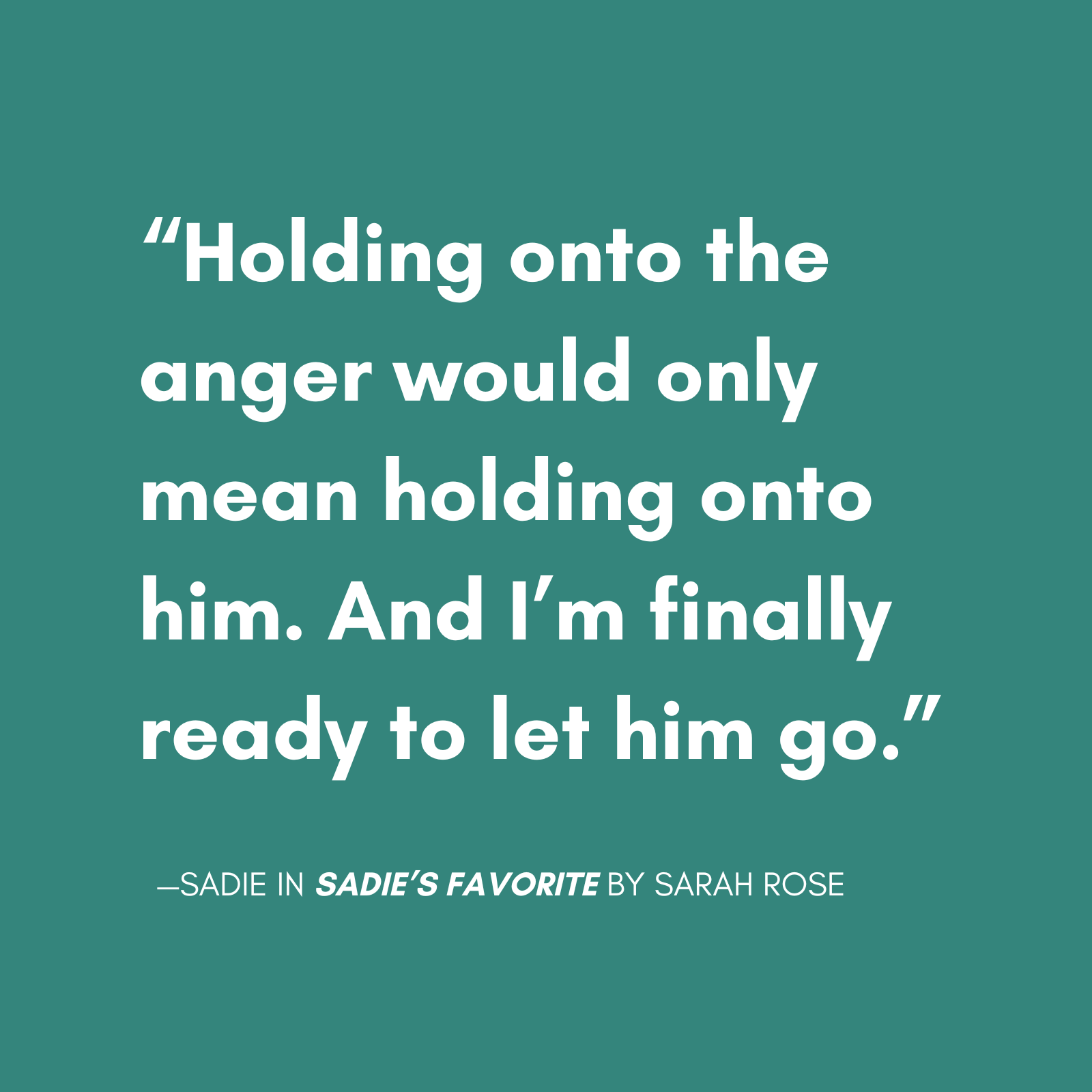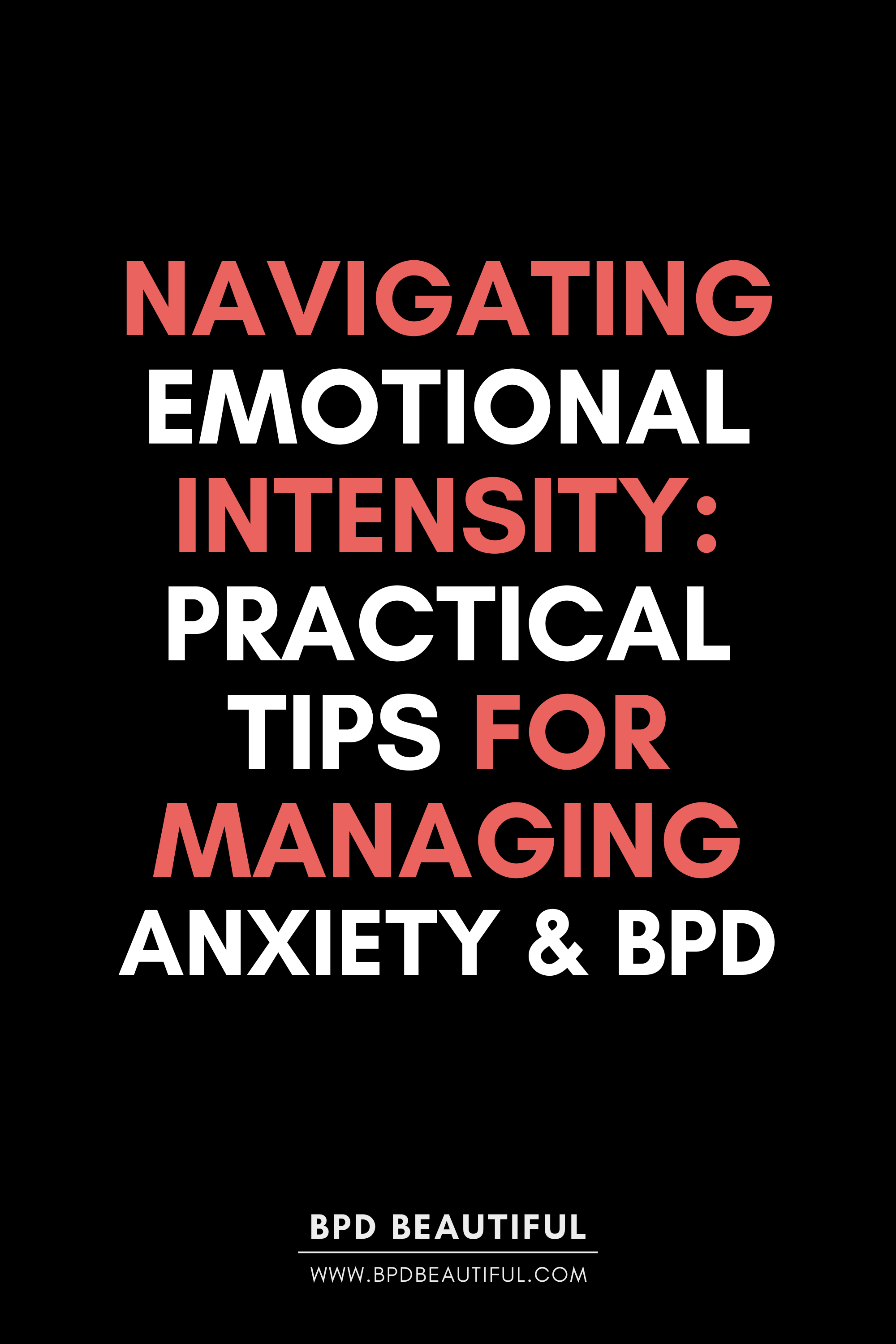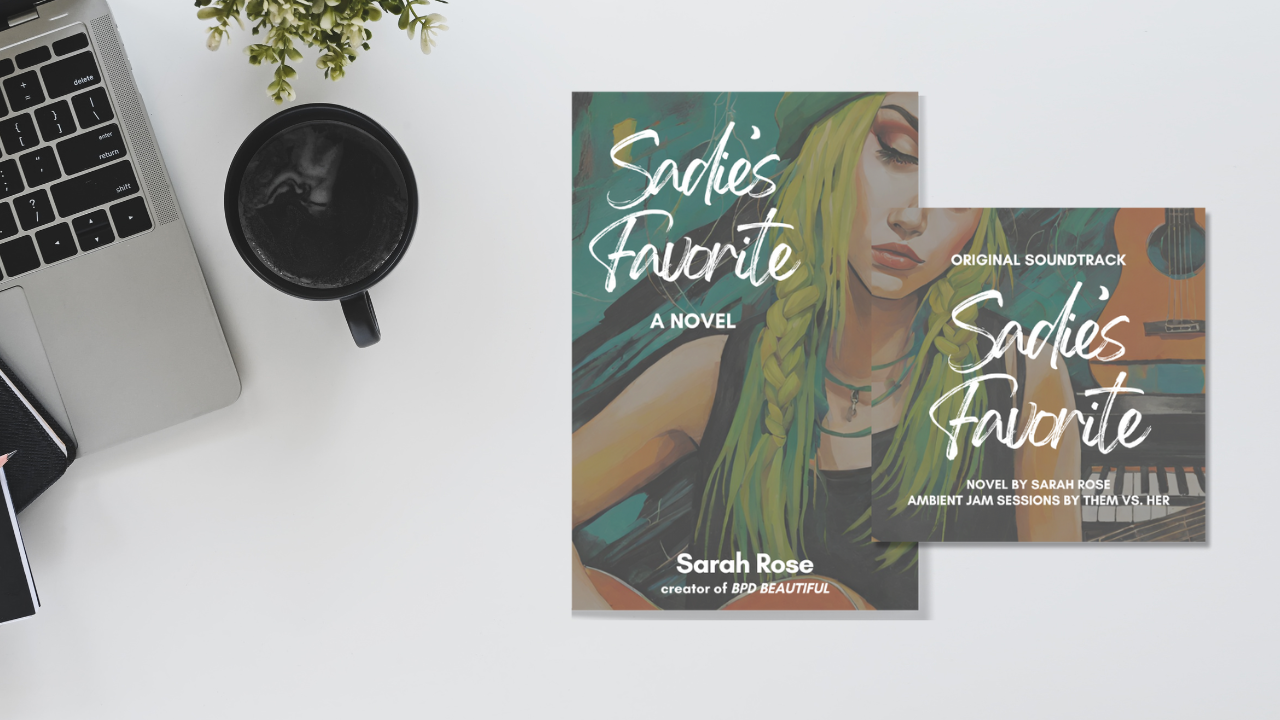Understanding Intense Emotions
Emotional intensity is a hallmark of both anxiety and Borderline Personality Disorder (BPD). For those dealing with these conditions, the world often feels like a turbulent ocean, with emotions crashing like waves. Navigating these emotional surges can be challenging, but learning how to manage them is crucial for overall well-being. This article aims to equip you with practical tips for managing the intense emotions associated with anxiety and BPD.
Define Emotional Intensity
Emotional intensity involves profound and overwhelming feelings that may seem uncontrollable. These emotions can span a wide range, from immense joy to deep sorrow, and they often shift rapidly, creating a sense of volatility.
Link to Anxiety and BPD
In anxiety, emotional intensity can manifest as persistent worry, nervousness, or panic attacks, making everyday situations feel unmanageable. For individuals with Borderline Personality Disorder (BPD), these swings are even more extreme, quickly moving from intense love to fiery anger or from elation to despair in a short period.
Recognizing Triggers
Common triggers for emotional intensity include factors such as stress, relationship conflicts, sudden changes in routine, and traumatic memories. Recognizing and identifying these triggers is crucial in mitigating their impact and managing your emotional responses more effectively.
Practical Tips for Managing Intense Emotions
1. Mindfulness Techniques
Just as mindfulness entails being fully present and involved in the present moment, it can also greatly lessen emotional response. By focusing on the here and now, you can avoid getting caught up in past regrets or future anxieties, allowing emotions to pass without overwhelming you. Techniques like mindful breathing, body scans, and meditation can help cultivate this awareness and presence.
Practical Steps
- Breathe mindfully: Locate a calm area, take a comfortable seat, and pay attention to your breathing. Take a deep breath, hold it for four counts, and then release it for four counts.
- Exercises for Grounding: Using your senses, list the following: five objects you can see, four objects you can touch, three objects you can hear, two objects you can smell, and one object you can taste.



Sadie’s Favorite: A Novel + Original Soundtrack is a character-driven story about BPD recovery, trauma bonds and breaking away from abuse.
2. Cognitive Behavioral Techniques
Cognitive Behavioral Therapy (CBT) helps reframe negative thinking patterns and behaviors, fostering emotional regulation. By identifying and challenging distorted thoughts, you can replace distorted thoughts with more balanced and constructive ones, leading to healthier emotional responses. Practicing these techniques regularly can improve your ability to handle stress and emotional triggers more effectively.
Practical Application
- Cognitive restructuring: Cast doubt on the veracity of illogical ideas. Ask yourself, “Is this thought based on reality or fear?”
- Exposure Therapy: Gradually expose yourself to anxiety-inducing situations in a controlled manner, reducing emotional intensity over time.
3. Developing Emotional Regulation Skills
Emotional regulation involves recognizing, understanding, and managing one’s emotions. By becoming more aware of one’s emotional triggers and responses, one can develop strategies to deal with them in a healthy way. Techniques such as journaling, practicing gratitude, and seeking feedback can enhance these skills.
Strategies
- Feelings Wheel: To more precisely identify your emotions, use a feelings wheel.
- Journaling: Write down your feelings daily to identify patterns and triggers.
- Emotion Labeling: Practice naming your emotions as they arise, separating them from your identity.

As a BetterHelp affiliate, we receive compensation from BetterHelp if you purchase products or services through the links provided.
4. Building a Support System
A solid support system provides emotional stability and a sense of belonging. Surrounding yourself with family, friends, or mental health professionals who understand and support you can be a crucial source of comfort during emotionally intense times. This network can offer diverse perspectives, emotional validation, and practical advice to help you navigate your feelings more effectively.
Practical Advice
- Seeking Therapy: A professional therapist can offer targeted strategies for managing emotional intensity.
- Joining Support Groups: Participate in groups where you can share experiences and receive support from others facing similar challenges.
- Fostering Relationships: Nurture relationships with people who are empathetic and understanding of your condition.
5. Healthy Lifestyle Choices
Lifestyle significantly impacts emotional health. Balanced nutrition, exercise, and adequate sleep can help stabilize emotions by supporting overall physical health and well-being. Regular routines incorporating these elements can bolster your resilience against emotional upheavals and create a more stable mood.
Tips
- Balanced Diet: Incorporate various nutrient-rich foods to maintain energy levels and mood.
- Regular Exercise: Engage in physical activities like walking, yoga, or swimming to release stress and improve mood.
- Sleep Hygiene: Establish a consistent bedtime routine, limit screen time before bed, and create a restful sleeping environment.
6. Creating a Crisis Plan
A crisis plan provides a roadmap for managing extreme emotional episodes, ensuring safety and stability. It typically includes identifying warning signs, listing coping strategies, and having emergency contacts readily available. A predefined plan can give you a sense of control and preparedness, making navigating through emotionally charged situations easier.
Components
Identify Safe Spaces: Know places where you feel secure and calm.
Emergency Contacts: List people you can call in crisis, such as friends, family, or a therapist.
Soothing Activities: Prepare a list of activities that help you calm down, like listening to music, drawing, or taking a warm bath.
Personal Reflections and Stories
Sarah, a person living with BPD, shares how mindfulness transformed her emotional landscape: “Mindfulness became my anchor. By focusing on my breath and grounding myself, I learned to ride the waves of my emotions rather than being engulfed by them.”
John, who struggles with anxiety, found solace in journaling: “Writing down my thoughts not only helped me organize my feelings but also identified triggers I wasn’t consciously aware of.”
These stories illustrate how the above tips can significantly impact managing emotional intensity.
The Bottom Line
The intense emotions associated with anxiety and BPD is a complex challenge, but with persistence and the right strategies, it is manageable. You can navigate emotional intensity more effectively by practicing mindfulness, employing CBT techniques, developing emotional regulation skills, building a robust support system, making healthy lifestyle choices, and creating a crisis plan. Improvement takes time and effort, but you are not alone; every step forward is a victory.
BPD Resources
BPD in Fiction: Sadie’s Favorite is a Novel + Original Soundtrack, that touches on BPD, favorite person (FP) relationships, healing after abuse, parenting and more. Written by Sarah Rose, creator of BPD Beautiful. Soundtrack performed by Them vs. Her.
BPD Coaching: Tackle your recovery goals and get support by booking a session with Sarah Rose.
Get 20% off your first month of BetterHelp. Get matched with a licensed therapist within 48 hours. Subscriptions as low as $65/week, billed every 4 weeks. Cancel anytime.
Manage your BPD symptoms with a printable workbook.
See our recommended list of books about BPD.
Start a Discussion
Have you tried incorporating these tips to help you in managing the intense emotions that come from having BPD &/or anxiety? Tell us about it in the comments.
Pin this Post
Liked this post? Please help support BPD Beautiful and spread borderline personality disorder awareness by pinning it to Pinterest.





